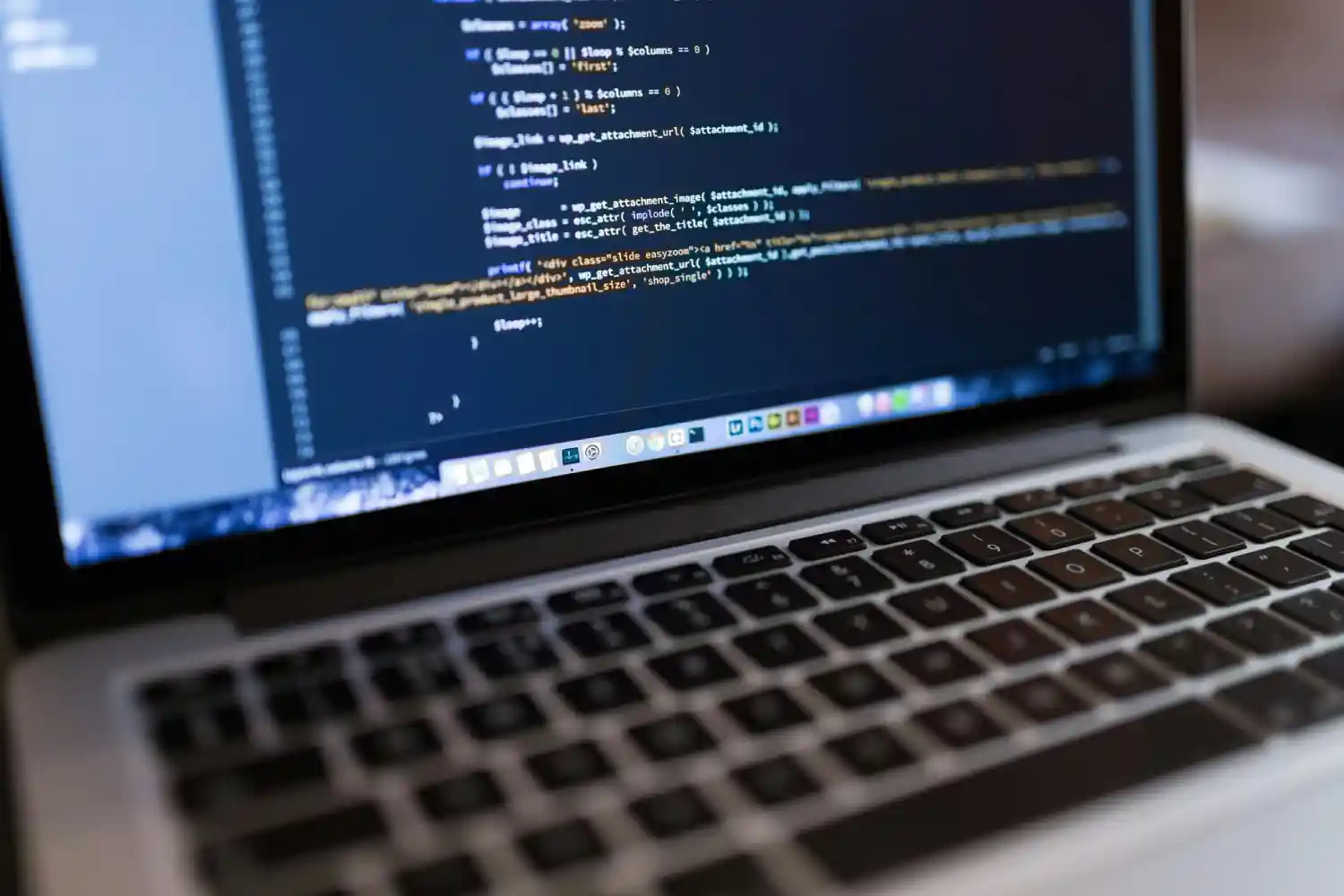My WordPress Website Broke, Now What?

Your WordPress site is down, showing errors, or acting strangely. Don’t panic! This guide will walk you through the common causes of WordPress problems and how to fix them, starting with the simplest solutions.
First Steps: Quick Checks
Before diving into complex solutions, check these basics:
- Clear your browser cache and refresh the page
- Try accessing your site from a different browser
- Check if your domain is still active and properly configured
- Verify your hosting service is running (check your host’s status page)
Common Problems and Solutions
White Screen of Death (WSOD)
The infamous blank white screen often indicates a PHP error or memory limit issue. Here’s how to fix it:
-
Increase PHP Memory Limit
- Add this line to your wp-config.php file:
define('WP_MEMORY_LIMIT', '256M');
- Add this line to your wp-config.php file:
-
Disable All Plugins
- Access your site via FTP
- Rename the plugins folder to “plugins_old”
- If site recovers, reactivate plugins one by one to find the culprit
Database Connection Errors
If you see “Error establishing a database connection,” try these steps:
- Verify your database credentials in wp-config.php
- Check if your database server is running
- Repair your database using WordPress’s built-in tool by adding this line to wp-config.php:
define('WP_ALLOW_REPAIR', true);
Internal Server Error (500)
This generic error can have multiple causes. Common fixes include:
-
Check .htaccess file
- Rename the current .htaccess file
- Generate a new one through WordPress Settings > Permalinks
-
Increase PHP Memory Limit (as mentioned above)
-
Check file permissions
- Directories: 755
- Files: 644
When Updates Go Wrong
Theme Update Broke Your Site
- Access your site via FTP
- Navigate to wp-content/themes/
- Delete the broken theme folder
- Reinstall the theme or restore from backup
- If needed, activate a default WordPress theme temporarily
Plugin Conflicts
- Disable all plugins
- Reactivate them one at a time
- Test your site after each activation
- If you can’t access admin, rename the plugins folder via FTP
Preventive Measures
Regular Backups
Always maintain current backups:
- Use a backup plugin (UpdraftPlus, BackupBuddy)
- Keep backups on external storage
- Test your restore process periodically
Maintenance Best Practices
-
Update regularly
- Core WordPress files
- Themes
- Plugins
-
Test updates on staging first
-
Monitor your site’s performance
-
Keep security plugins updated
When to Call for Help
Consider professional help if:
- You’re not comfortable with technical solutions
- The above solutions didn’t work
- You don’t have a recent backup
- Your site has been hacked
Recovery Resources
DIY Tools
- WordPress Debug Mode
- Plugin Compatibility Checker
- Database Repair Tools
Professional Help Options
- Your hosting provider’s support
- WordPress maintenance services
- Freelance WordPress developers
Prevention for the Future
-
Regular Maintenance
- Weekly updates
- Monthly backups
- Quarterly security audits
-
Security Measures
- Use security plugins
- Implement strong passwords
- Enable two-factor authentication
-
Monitoring
- Set up uptime monitoring
- Enable error logging
- Regular performance checks
Conclusion
While a broken WordPress site can be stressful, most issues have straightforward solutions. Start with the simplest fixes and work your way through more complex solutions. Most importantly, implement preventive measures once your site is running again to avoid future problems.
Remember: Always backup before making any changes to your site, and if you’re unsure about any step, consult a professional to avoid potentially making the problem worse.
Sometimes a website needs a professional to fix these issues and avoid them in the future. We are the experts at fixing these problems. Use the form below to get your website back up!